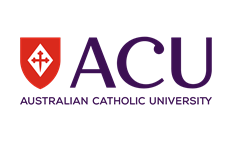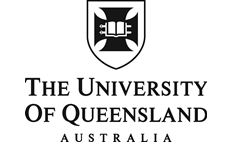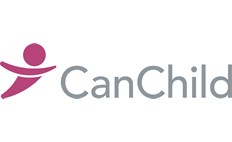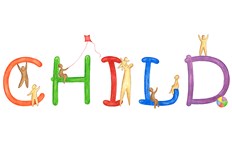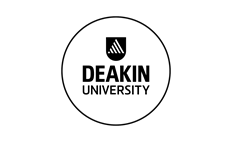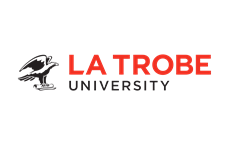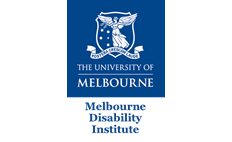Barriers and facilitators of physical activity participation for young people and adults with childhood‐onset physical disability: a mixed methods systematic review
- Published
- Tuesday, December 1, 2020 - 12:00 PM
https://onlinelibrary.wiley.com/doi/10.1111/dmcn.14830
This study aimed to bring together research from around the world to find out what stops or helps young adults with childhood-onset physical disabilities being physically active.
We found 19 studies with young adults aged 15 and over who were born with a physical disability or diagnosed with one as a child. Almost half of the young adults who took part in these studies had cerebral palsy.
Importantly, the main factors that we found related to the people and environment around the person with a disability. There were three common ideas that were reported in the studies.
The first common idea was the importance of having a social connection when exercising. Social connection was how well the young people felt included in their physical activity and the attitudes and behaviours of the people around them, including friends, exercise staff, coaches, and other people in the community.
The second common idea was the importance of social support. In particular, family support remained very important to being able to participate in physical activity, even into adulthood. Other social supports included schools, health care workers such as physiotherapists, and sporting organisations.
The third common idea was that the physical environment often limited young people with physical disabilities being physically active. The physical environment included access to places for exercise, such as the having ramps and rails, as well as the distance to walk or wheel. It also included whether there was the right equipment available.
For most young people and adults with physical disability, there was a balance between the things that made exercising easier to do, and the things that made it harder. This is shown in the ‘see-saw’ picture below. All the things either tipped the scale in favour of being the ‘right fit’ or weighed it down to being ‘too hard’.
For example, when the young adults felt like their family and community supported them to be physical active, this helped. However, if exercise staff, family or other people in the community had negative attitudes or did not include them, this made being physically active much harder.
When the young adults could find the right balance, they were able to exercise and felt like they had found the ‘right fit’ for them. Knowing this will help with developing solutions to try and improve physical activity participation for young adults who want to be active in their communities.


